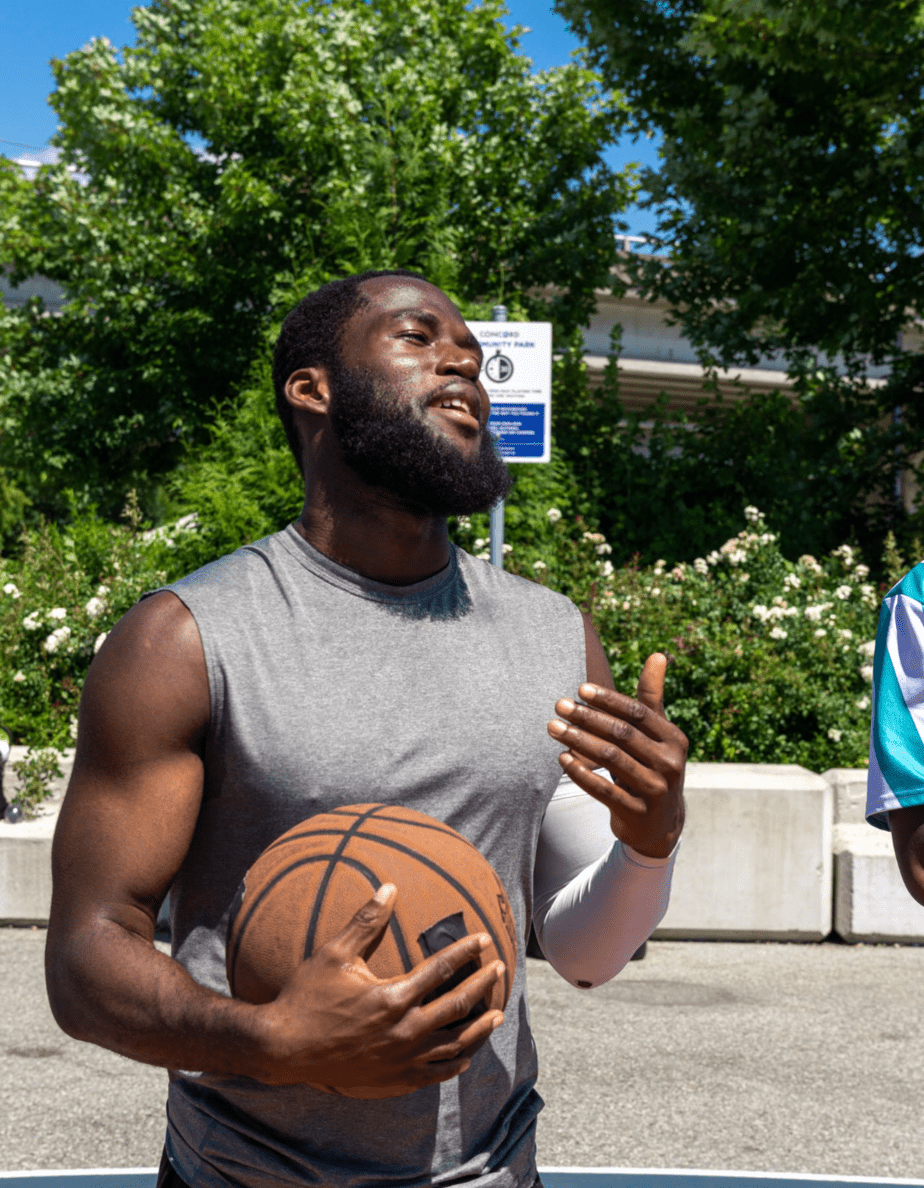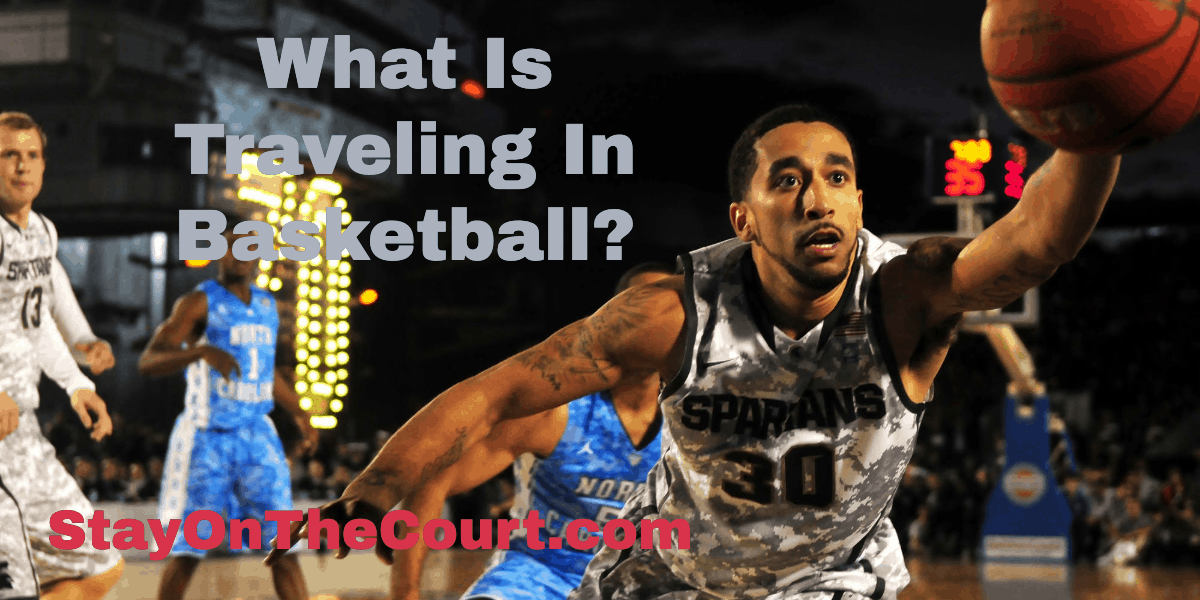What is Traveling in Basketball?
NBA Definition of Traveling in Basketball
- A player who receives the ball while standing still may pivot, using either foot as the pivot foot.
- A player who gathers the ball while progressing may take (1) two steps in coming to a stop, passing or shooting the ball, or (2) if he has not yet dribbled, one step prior to releasing the ball. A player who gathers the ball while dribbling may take two steps in coming to a stop, passing, or shooting the ball.
- The first step occurs when afoot, or both feet, touch the floor after gaining control of the ball.
- The second step occurs after the first step when the other foot touches the floor, or both feet touch the floor simultaneously.
- A player who comes to a stop on step one when both feet are on the floor or touch the floor simultaneously may pivot using either foot as his pivot. If he jumps with both feet he must release the ball before either foot touches the floor.
- A player who lands with one foot first may only pivot using that foot.
- A progressing player who jumps off one foot on the first step may land with both feet simultaneously for the second step. In this situation, the player may not pivot with either foot and if one or both feet leave the floor the ball must be released before either return to the floor.
- In starting a dribble after (1) receiving the ball while standing still, or (2) coming to a legal stop, the ball must be out of the player’s hand before the pivot foot is raised off the floor.
- If a player, with the ball in his possession, raises his pivot foot off the floor, he must pass or shoot before his pivot foot returns to the floor. If he drops the ball while in the air, he may not be the first to touch the ball.
- A player who falls to the floor while holding the ball, or while coming to a stop, may not gain an advantage by sliding.
- A player who attempts a field goal may not be the first to touch the ball if it fails to touch the backboard, basket ring or another player.
- A player may not be the first to touch his own pass unless the ball touches his backboard, basket ring or another player.
- Upon ending his dribble or gaining control of the ball, a player may not touch the floor consecutively with the same foot (hop).
- PENALTY: Loss of ball. The ball is awarded to the opposing team on the sideline, nearest spot of the violation but no nearer the baseline than the foul line extended.
Key Points of Traveling In Basketball
- Traveling calls involve the illegal movement of the pivot foot.
- You can’t travel while dribbling.
- Only a player who is in control of the ball can travel.
- A player must be inbounds in order to travel.
Pivot Foot
Do These And You Are Traveling
- Lifting of the pivot foot if one has been established.and returning it to the floor before passing or shooting.
- Lifting of the pivot foot before releasing the ball to dribble.
- Dragging or sliding either foot if no pivot foot is available.
- A fall to the floor without maintaining a pivot foot.
- Rolling on the floor.
- Lifting both feet from the floor (jumping) and returning either foot to the floor before passing or shooting.
- Dragging or sliding the pivot foot.
Examples of Traveling
Pivot SlideUp and DownThree-Point StepsRebound ShuffleEarly Steppick up basketball game
The Euro-Step
References And Resources
Summary
NCAANBANBA playersillegal screen in basketballDoes the NBA call enough traveling? Let us know? We’d love to know what you think (comment below)!
Troy Wright
I am a lifetime basketball enthusiast and loved playing basketball competitively through high school. I still try and play at least 3 times a week and explore all kinds of equipment and training to keep myself on the court and continually getting better. I am a college basketball fanatic and move onto the NBA when March Madness ends.
Meaningful conversations happening daily about training, recovery, and injury-specific rehabilitation as well as sport-specific discussions on playing, coaching and refereeing your favorite sport. We welcome experts and those with curious minds seeking answers.
Join The Stay On The Court Community!
